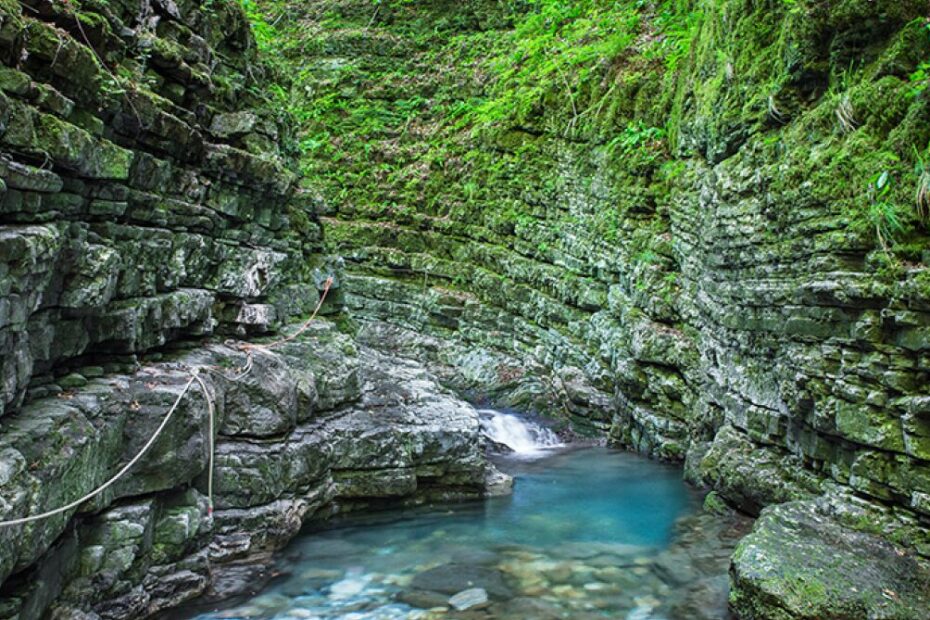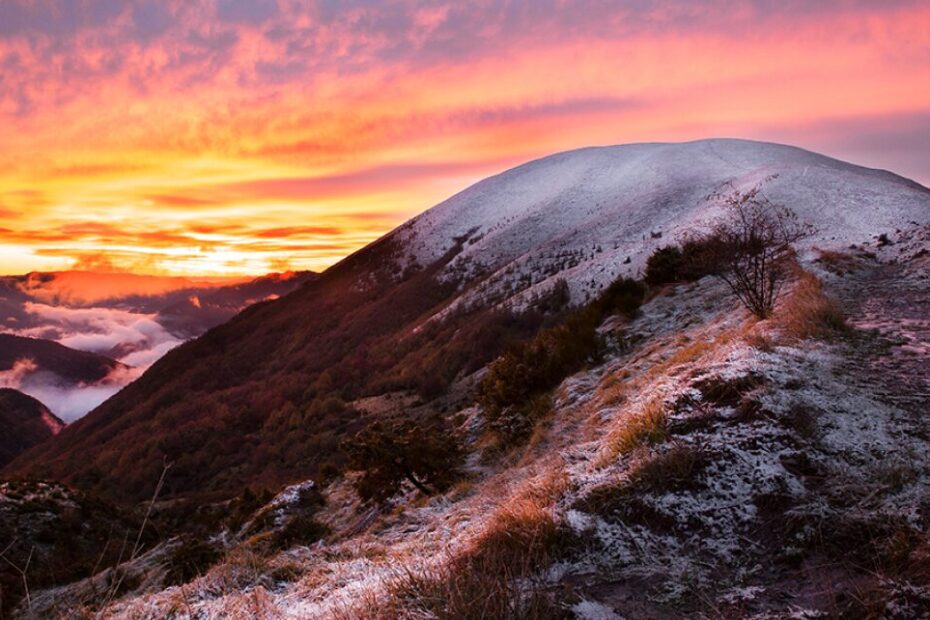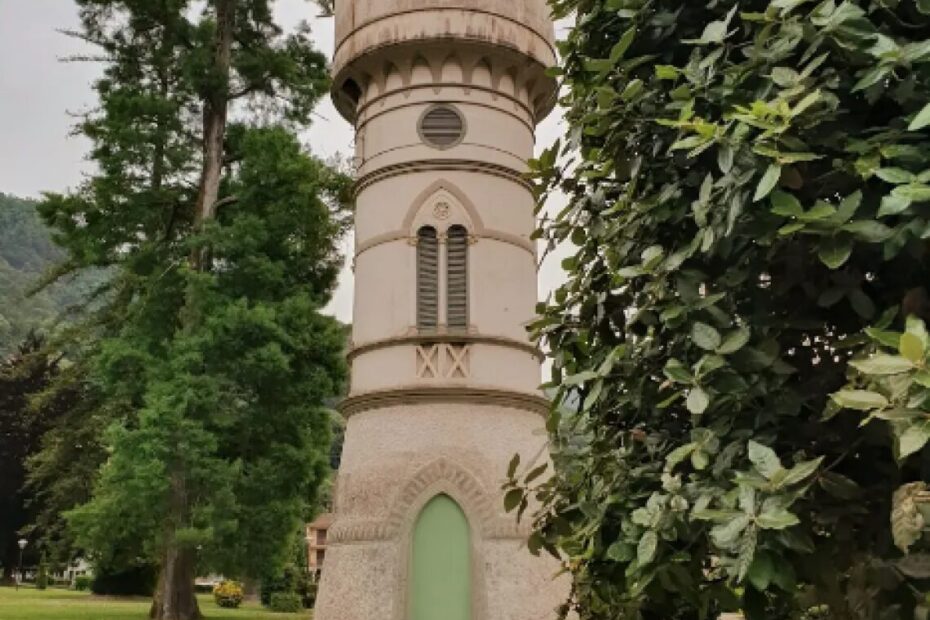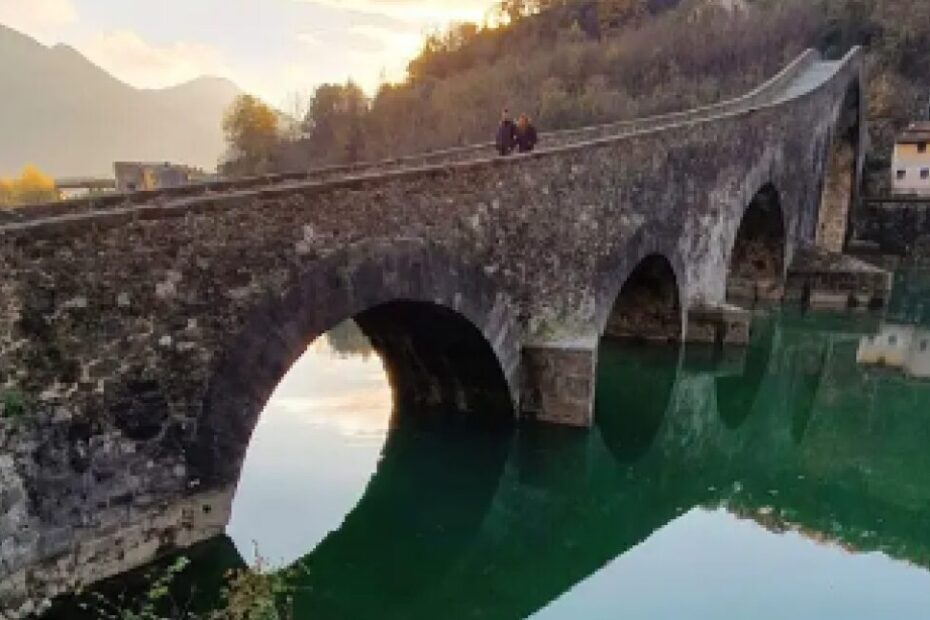VAL DI LIMA
The best location for outdoor sports in the heart of Tuscany
The Rockonda centre is in the Lima Valley, close to Bagni di Lucca. Our activities take place on the river Lima.
Discover this amazing area of unspoilt natural beauty!FOR NATURE ENTHUSIASTS
For the less sporty, Lima is ideal for bathing in a truly evocative environment thanks to its splendid pools, large boulders, perfectly smooth pebbles and seabeds at various heights. In fact, in the upper part of the bed, which is very narrow, the stream flows nervously between the rocks, and as it opens up, large rapids are created which alternate with jumps and stretches of a calm and relaxed river. This diversity allows you to choose the stretch of river based on your preference between adrenaline-filled activities and more relaxing activities.
The habitat of Val Di Lima is increasingly chosen by enthusiasts of sports and experiences for outdoor activities. The extraordinarily crystalline waters of Lima are now well known and constitute an international attraction for extraordinary scuba diving.
THE LIMA VALLEY IN THE CENTER OF TUSCANY
All of Tuscany is a huge green park, but the Lima Valley is still uncrowded, has a navigable river in the centre, is full of paths to follow on foot or on horseback and is very close to Abetone, another perfect place to stay open air. In fact, even if the main holiday location were Versilia or the Lucca plain, the nearby Garfagnana, a small and green region full of medieval villages and naturalistic destinations, or in the surroundings of the art cities of Tuscany, with short trips, from 20 /30 minutes to just over an hour, it is possible to reach and visit the Val di Lima.THE LIMA VALLEY, THE OUTDOOR VALLEY
The Val di Lima is renamed the outdoor valley, given the quantity of outdoor activities that can be practiced there in addition to those inherent to river sports. You can go trekking in this part of Tuscany full of places to walk and paths at high altitude, such as the Alta via dei Pastori, which leads to the Prato Fiorito, a mountain rich in plant essences rare in this region and with a unique landscape, so evocative which was one of the places loved by the poet Lord Byron, a great admirer of Tuscany and lover of Bagni di Lucca. An interesting and truly unique activity is a visit to the Botri Ravine, one of the most majestic canyons in all of Italy.
AN UP AND DOWN WEEKEND FOR THE LIMA VALLEY
Staying a few days in the Lima Valley will allow you to explore many places full of history, nature and curiosities! Without forgetting all the culinary delicacies that can be found. BATHS OF LUCCA, TUSCANY, MORE…THERMAL WATERS.
Tuscany is rich in thermal springs and the Lima Valley with the town of Bagni di Lucca represents its excellence, thanks to its many sources, rich in sulphur, bicarbonate and calcium. The thermal baths of Bagni di Lucca are also very rich in history and over the centuries have attracted royalty and artists from all over the world, making the town also an important cultural center of international stature, as well as an architectural jewel that still keeps intact many structures built during the glories of the time. These peculiarities and the fact that it is located in such a suggestive environment make the Val di Lima area an invaluable heritage available to a truly wide and diversified user base!
BAGNI DI LUCCA, SURPRISING ARCHITECTURE
Bagni di Lucca is a truly unexpected town, as demonstrated by the Museum of the Impossible which is located right here, but mainly for its architecture. The town is a mixture of styles that have accumulated over the centuries and which reflect the glories of its peculiar past. In fact, the first real land-based casino in Italy and the oldest in Europe is the Casino di Bagni di Lucca, which, according to many historians, would even be the first real casino that ever existed. Today the Bagni di Lucca casino operates as a gambling museum and as an automated hall with many gaming devices, but its long history is extremely rich in events that we recommend you delve deeper into and dates back to 1300. The casino and the spa have fed each other for centuries and created a rich and prestigious environment in which personalities from all over Europe went. This influx of money and different cultures has created a country with a truly unique feel, especially when you consider how small and nestled in the mountains it is.

THE TRAILS OF THE LIMA VALLEY BETWEEN VILLAGES, CHURCHES AND ANCIENT FORTRESSES
The area is full of villages to visit, especially in nearby Garfagnana, which dot the landscape. To give a quick overview which is far from exhaustive we can mention a few:
Isola Santa, further north under the Apuan mountains, on the banks of a lake, surrounded by chestnut woods and mountains, it is an absolutely unique and evocative town, which is absolutely worth a visit. Nearby you can admire the former Henraux marble quarries in a unique setting, contaminated by the work of man.
Scattered across the mountains you can also find many suggestive parish churches with breathtaking views, among which we remember the parish church, of Lombard origin, San Cassiano di Controni, the first historically documented church of the Lima Valley, rich in bas-reliefs and unique architectural details, with geometric motifs and vegetables.

THE BRIDGES OVER THE RIVERS OF LUCHESIA
The whole valley is dotted with ancient bridges that allow you to cross the various waterways, be they the Lima, the Serchio or others. Some of the oldest bear names of Roman origin such as Ponte Nero and Ponte Maggio which cross the Lima, originally called Ponts Major and Ponts Minor. The most famous is certainly the Maddalena Bridge, known as the Devil’s Bridge, whose architecture is absolutely unique. Of more recent construction we can admire the Chain Bridge, a work that for the era in which it was built, the Bourbon era of 1800, was absolutely futuristic and still remains something unique today.VAL DI LIMA
Get away from the crowds with our unique adventure experiences.
Over centuries the Lima river, in the heart of Tuscany, has carved a stunning valley just waiting to be explored. To really get a feel of the area and enjoy the excitement to the full, just one day might not be enough!
Why not plan a longer break? Find out more about extending your water sports and outdoor activity holiday here.

Nature
Pristine rivers and breath-taking views in the heart of the Lima valley
Relaxation
Stay at our holiday home for a longer break







